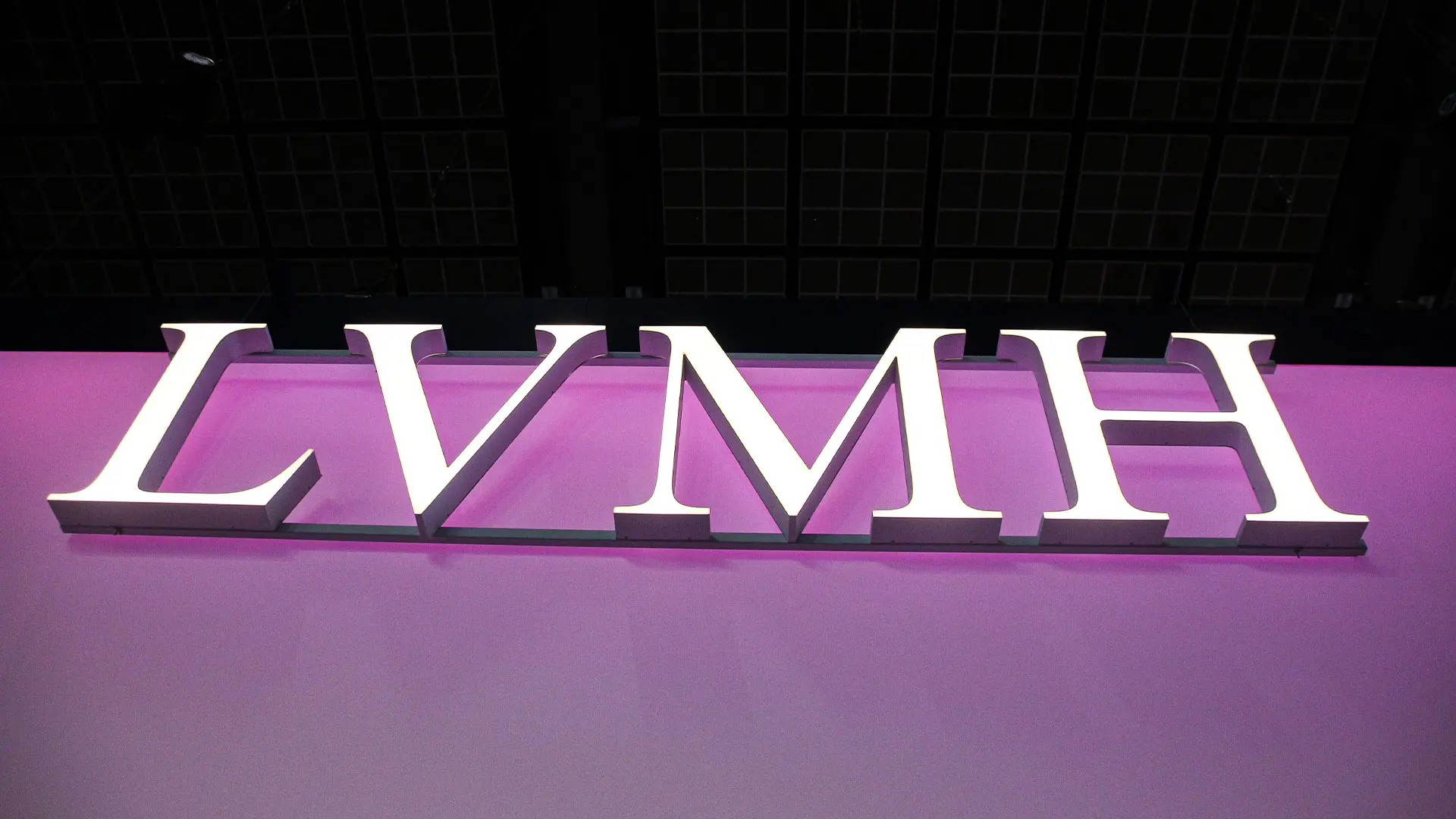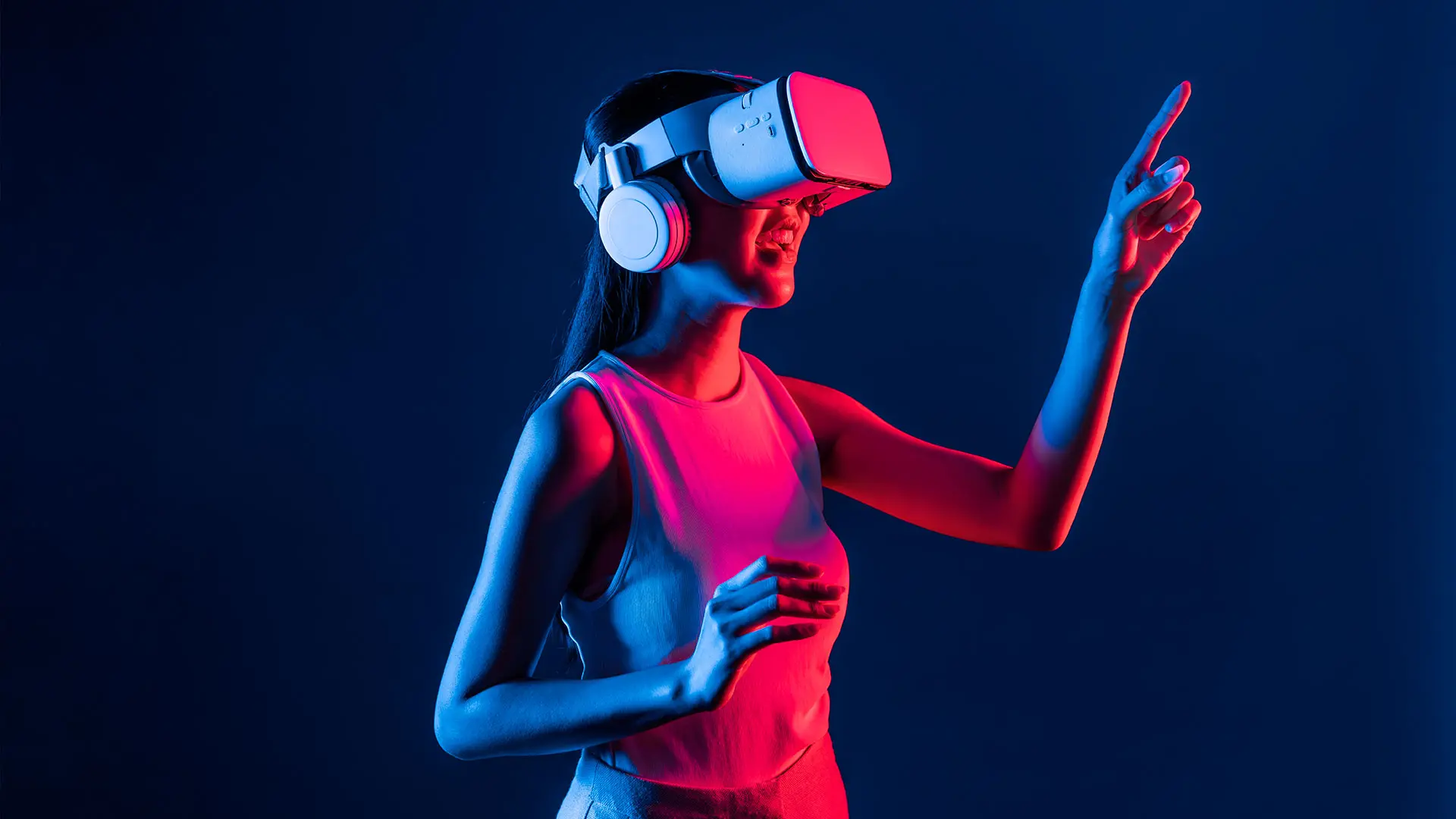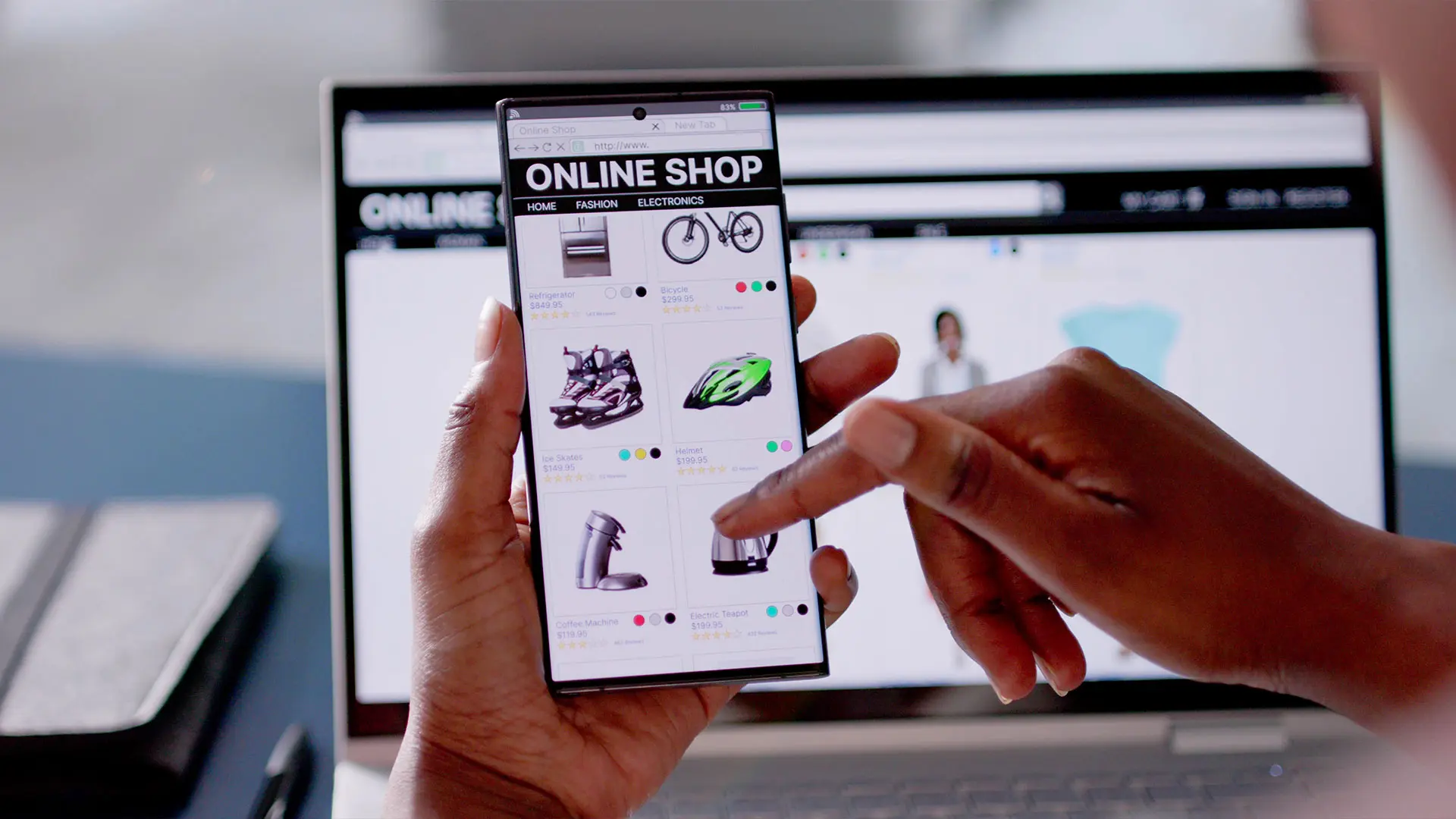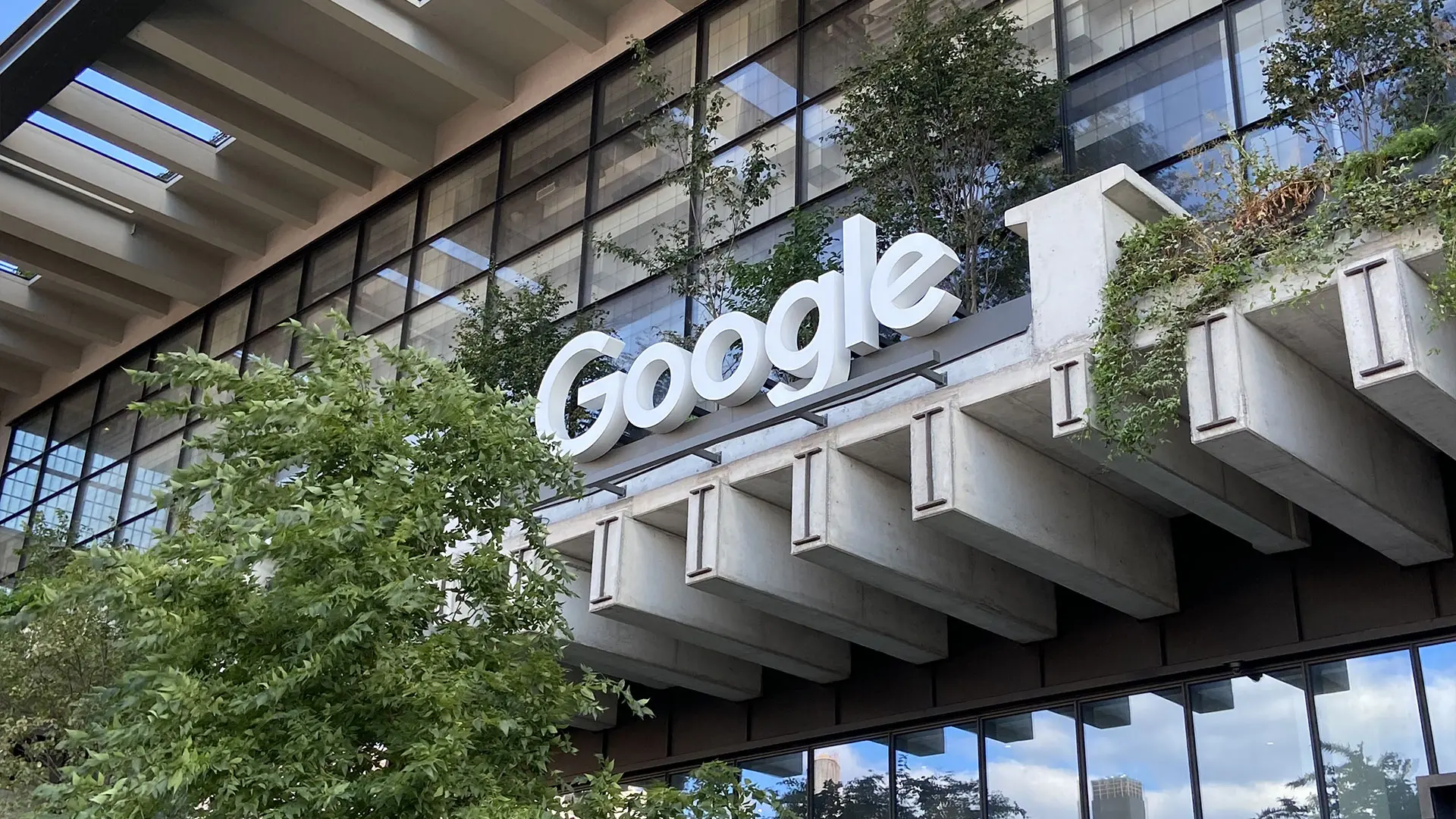Everything you need to know about the “phygital” customer experience
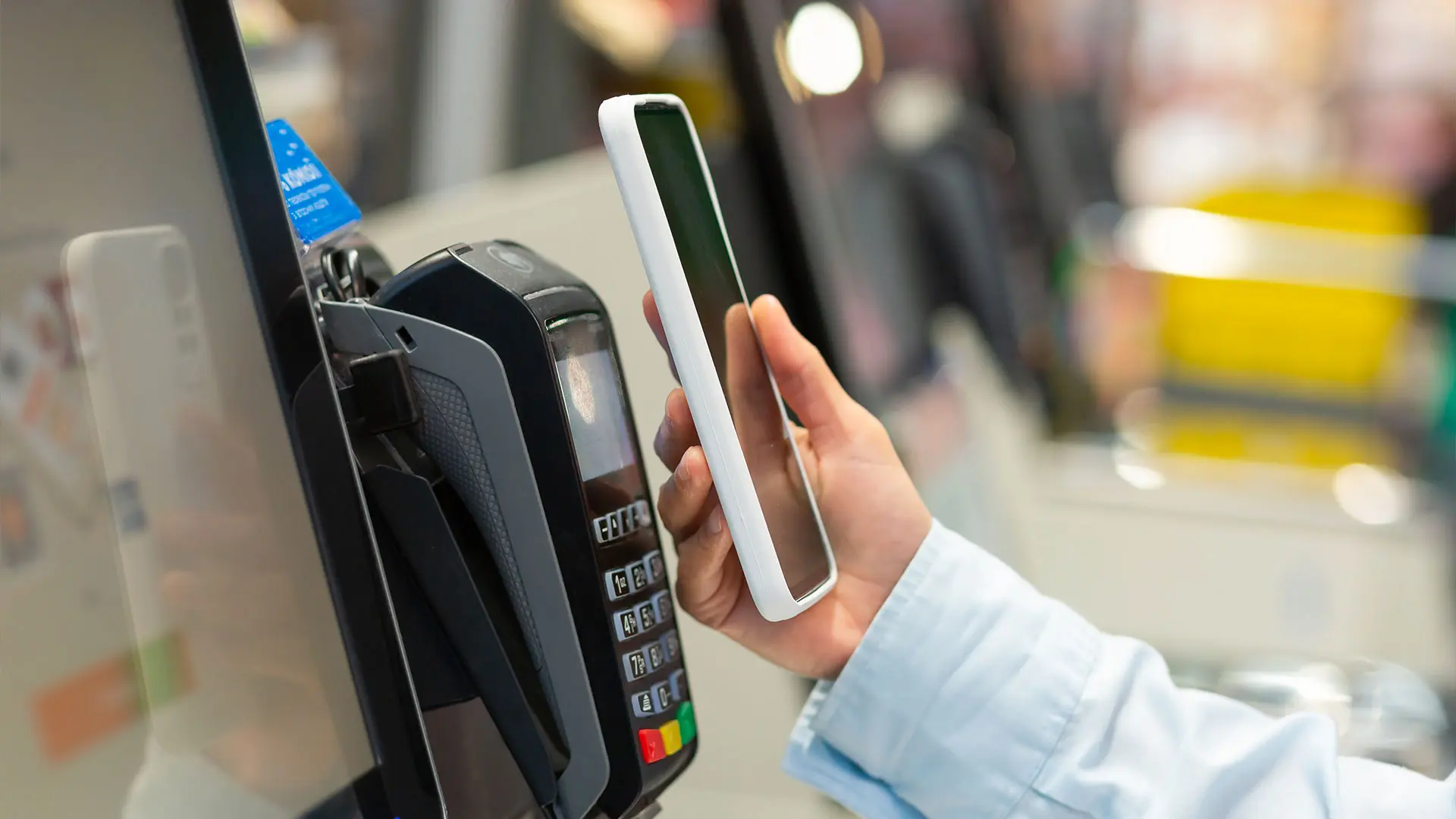
Faced with an unprecedented crisis, brands had no choice but to redefine their strategy and find new ways to stay the course and keep in touch with their customers. One marketing strategy stood out among the various options discussed in this particular circumstances: the phygital experience! This new trend brings together both physical and digital experiences, allowing companies to get the best of both worlds to better satisfy their customers.
Find out what phygital brings to consumers’ buying experience and what it means for businesses in the post-Covid era.
What does “phygital” mean?
The term phygital comes from the combination of the words “physical” and “digital”. This neologism was coined by the Australian agency “Momentum” in 2013 and is now commonly used to describe the breakthrough of the omnichannel approach. It also reflects the convergence of two completely different spheres that seem to have nothing in common: the online and the bricks and mortar experiences.
A phygital marketing strategy thus consists in integrating digital data and practices within a bricks and mortar store to boost its sales performance. Companies can rely on the ubiquity of smartphones to implement this winning strategy that aims to improve customer experience both online and offline.
Consumers are continuously connected today. This is a huge opportunity for brands to not only communicate with their clients and prospects but also to use data to better understand their behavior and expectations.
Has the Covid-19 crisis speeded up the development of online shopping?
E-commerce sites offer consumers an optimal user experience: they avoid queues at the checkout, stock-outs, trips to the shop, etc. The customer orders what he wants, when he wants, where he wants, and is delivered to the address of his choice. Some companies even offer same-day delivery. For a long time, brick and mortar shops have suffered from the rise of online marketplaces. Today, e-commerce and brick-and-mortar are no longer in conflict. They are in fact complementary.
Despite the digitalization of the customer experience, human contact remains essential. The customer needs someone to talk to when he or she feels the need to do so. This service makes him or her feel reassured and gives him or her the feeling of being listened to. The phygital trend, which has existed for several years, has been accelerated by the pandemic and its restrictions. Physical distancing and lockdowns have prompted companies to experiment with social networking and e-commerce. To meet the challenge, companies need to do some prior analysis to understand consumer behavior and use phygital wisely.
Are we heading back to in-store customer experience after the pandemic?
Brick and mortar still has a bright future as it combines several advantages that e-commerce does not have. Indeed, with the in-store experience, it is possible to see and touch the products, try them on when it comes to clothes, shoes and accessories, etc. It is also possible to ask a salesperson for advice in a physical store and to enjoy the purchased product immediately without paying delivery costs.
Figures show that the French are still very attached to the in-store experience. A Comarch study carried out in 2019 shows that 85% of French people like to try out products in-store, 88% of them still shop offline and 56% consider it to be the easiest way to shop.
But social distancing could transform these shopping habits. Indeed, the repeated lockdowns, curfews and other safety measures have weakened trade and the activity of retailers has been practically reduced to nothing. So, what can be done to adapt to this new situation in the short and medium term? How can we offer consumers a new, pleasant, modern and fluid customer experience?
All is not lost. Indeed, the pandemic has prompted retailers to accelerate the “phygitalization” of their shops. By leveraging all distribution channels, 20% of the retail market was able to take advantage of the strong demand observed during the pandemic. In fact, online shopping grew by 15% during the lockdown from March to May 2020 compared to 2019, according to a Kantarmedia study.
Retailers who have made the digital shift in time are now able to meet the needs of their customers through the phygital experience. This adaptive measure allows them to remain competitive in a turbulent environment. Digital is now at the heart of the customer experience. For many companies, this pandemic has been an opportunity to speed up this transformation to meet market expectations.
Companies must therefore implement new omnichannel services such as e-reservation or Click & Collect, which allow them to generate more traffic in the shop through “impulse” purchases. Other omnichannel solutions such as order-taking systems and Point of Sale Systems allow sales staff to turn the e-commerce website into an extension of the physical shop. Stock is synchronized between the brick and mortar and the website or a mobile application. If a product is no longer available in the shop, it can be ordered in one click via the application and delivered to your home or retrieved from a pick-up point.
As you can see, the end of physical commerce is not in sight. Brick and mortar will continue to provide jobs and create opportunities, partly as a result of the digital transformation.
If you are passionate about this topic, you should find out about the Master of Science in Digital Marketing offered by the American Business College Paris. This specialization prepares you for numerous jobs in the digital field such as: digital communication project manager, SEO manager, SMO consultant, e-commerce manager, brand content manager, traffic manager, etc.
